They create a special atmosphere, smell good, and light up your home: in Sweden, many people find it difficult to imagine Christmas without a real tree. And the tradition has been around a long time.
Since the second half of the 1900s, the Swedes have stuck to the habit of bringing a tree into their home for Christmas. There’s a lot of different advice on how to best take care of your fir tree, so here we’ve compiled the most important stuff with the help of our experts: workers at fir tree vendor Skogis Granar.
The two most common fir trees in Swedish homes are red spruce and silver fir. The first one is the classic Swedish Christmas tree while the silver fir belongs to another species: the Abies. Besides their different ancestry, they also differ in appearance and fragrance. The silver fir has a different branch set-up: it is denser and more symmetrical than the red spruce. In addition, it smells strongly of citrus in comparison to the red spruce.
Lina Andersson Cedar, who has the title of “fir tree general”, and Johanna Hägglund, PR manager at Skogis Granar, say that picking a type of fir tree is usually a matter of preference. They add that it often involves tradition – the fir tree you grew up with tends to be the one you want later in life. Today, the red spruce accounts for 80 percent of the spruce sales in Sweden.
Most people celebrating Christmas know the frustration of a fir tree shedding its needles. But it can be avoided! If you take care of a silver fir correctly, it practically sheds no needles at all. The red spruce sheds when it is dry however.
If you want to avoid needles completely, a plastic tree is obviously the best alternative, which is also the safest option for allergy sufferers. Andersson Cedar and Hägglund note that the silver fir is said to be a better alternative for people with allergies, but there is no evidence to prove it. If you absolutely insist on having a real fir tree even though you are sensitive, it may be worth trying the silver fir.
One of the most important tips is to thaw the tree carefully before bringing it in.
“When you buy the tree, it has been winter stored and is at rest. When it is directly brought in to the heat, it believes that it is spring and begins to grow. But since it has no roots, it begins to drink large amounts of water,” they explain.
To avoid that, you should store it in a cool place for some time before it is brought into the house. If you have no suitable space to do this, but still feel that it is of the utmost importance to celebrate Christmas with a real Christmas tree, you can put it in the shower or bathtub and rinse with lukewarm water.
It is also important to be careful when watering. Before putting the tree in the Christmas tree stand, you should cut off a few centimetres of the trunk. On the surface that is left, make some cuts so that the tree can absorb more water.
“Make sure there is always water, especially in the beginning. If it runs out off water, the air can get into the spruce’s conduction paths and then it cannot absorb water in the same way,” Andersson Cedar and Hägglund advise.
If possible, try to avoid placing the tree too close to the radiator or anything else that’s hot – it speeds up the dehydration process. Fir trees thrive with some draught and cold. The colder the better for a Christmas tree.
The tree may also have an effect on other plants in the same room. The substances that a fir tree secretes can damage sensitive plants. Moreover, the tree absorbs a lot of the humidity, which means that you may have to water the rest of your plants more than usual.
“Regarding the impact on other plants, the silver fir is slightly kinder, but apart from that, the care advice between the red spruce and silver fir is more or less the same.”
Preferably, purchase your fir tree from a local seller. Whether you do or don’t, you can easily ensure that it is fresh. It may have been exposed to temperature differences and thus dried a little, so pull the branches a bit to see if the needles stick or shed. If they come off very easily, the tree is old.
All good things come to an end, and when you’re ready to get rid of the tree, the suggestion is to leave it at a recycling centre if available in your country. It is recycled as brushwood, which then gets chipped and turned into heating. If you have a garden, an option is to put it outside and let it serve as bird food.
If you want to select and chop down your own Christmas tree, the most important thing to keep in mind is to ask the landowner for permission.
“When you have got that, then go ahead, just select a tree that looks healthy and strong and start chopping,” say Andersson Cedar and Hägglund.
The time you buy the tree shouldn’t make any difference, they add. If you want to make sure that you get a really fresh tree, with a lower risk of damage, it may be good to get one early, but generally the difference is marginal.
Come see more Nordic lifestyle, design and architecture over at houzz.dk and houzz.se.




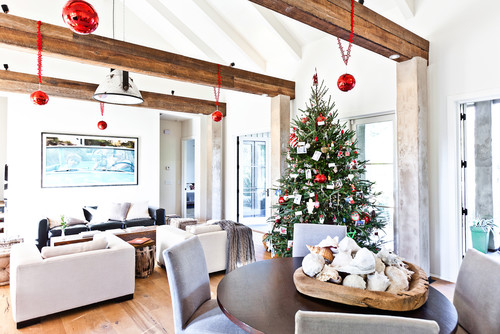
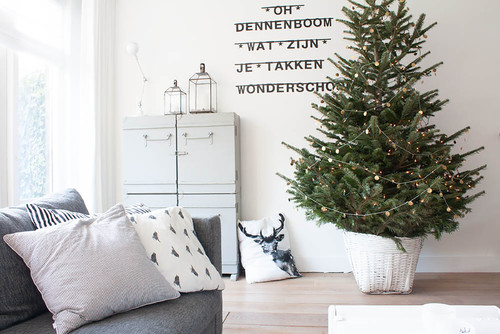
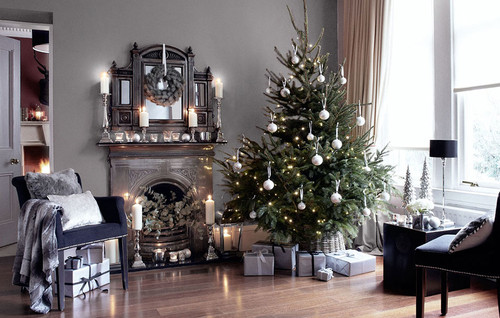


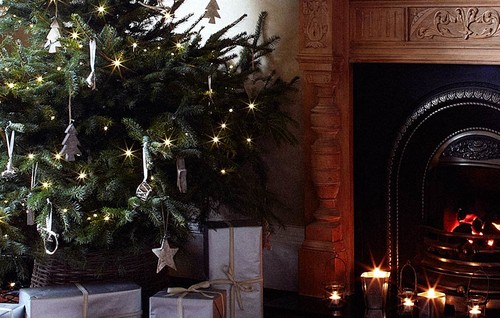
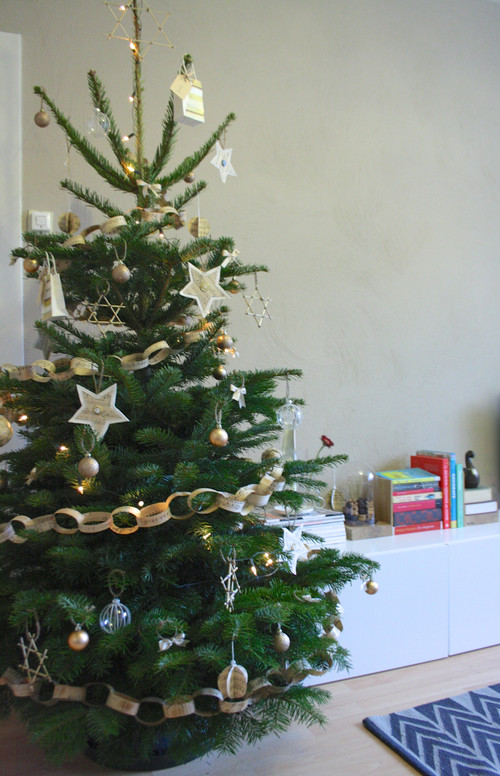


 Please whitelist us to continue reading.
Please whitelist us to continue reading.